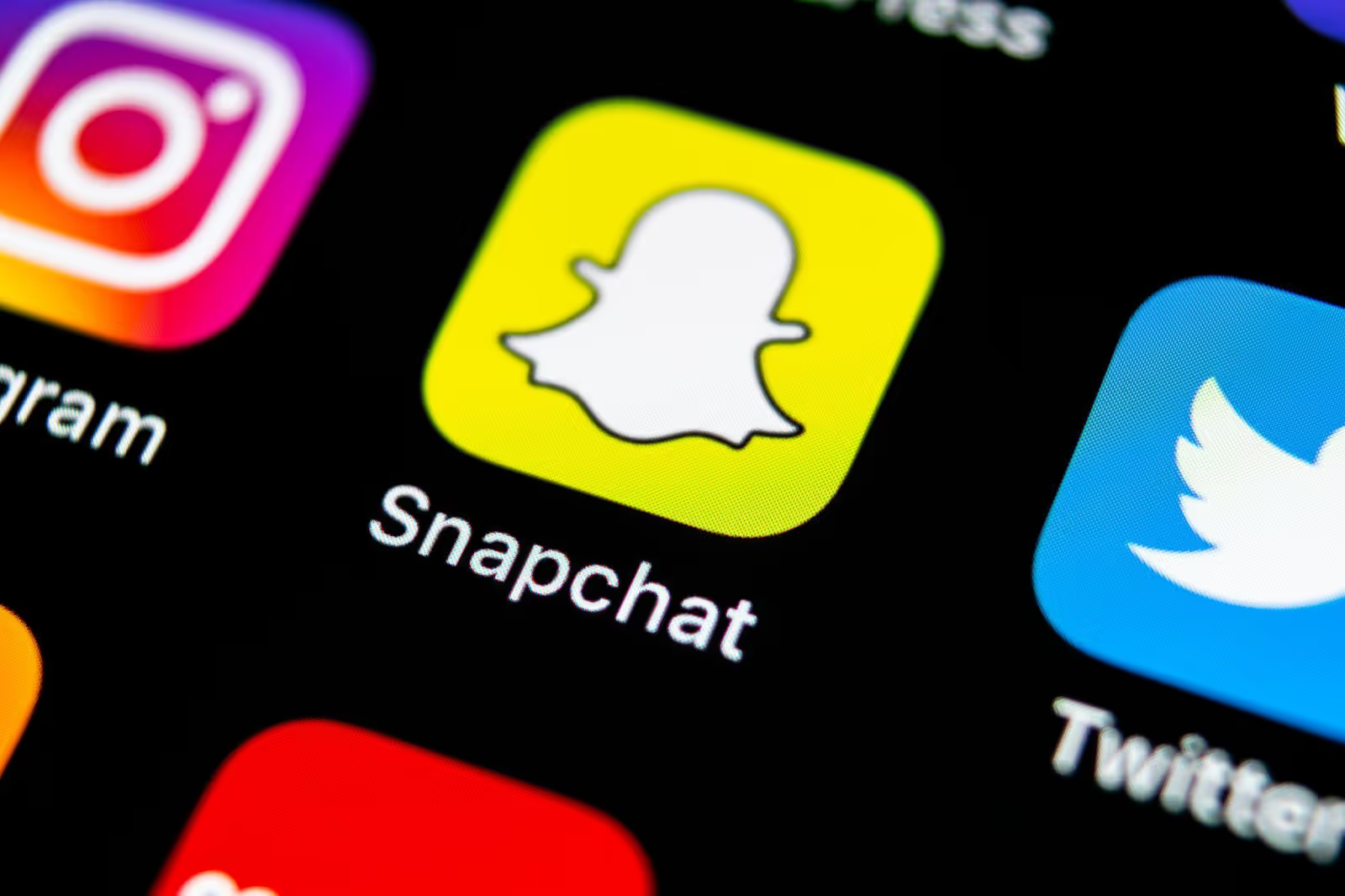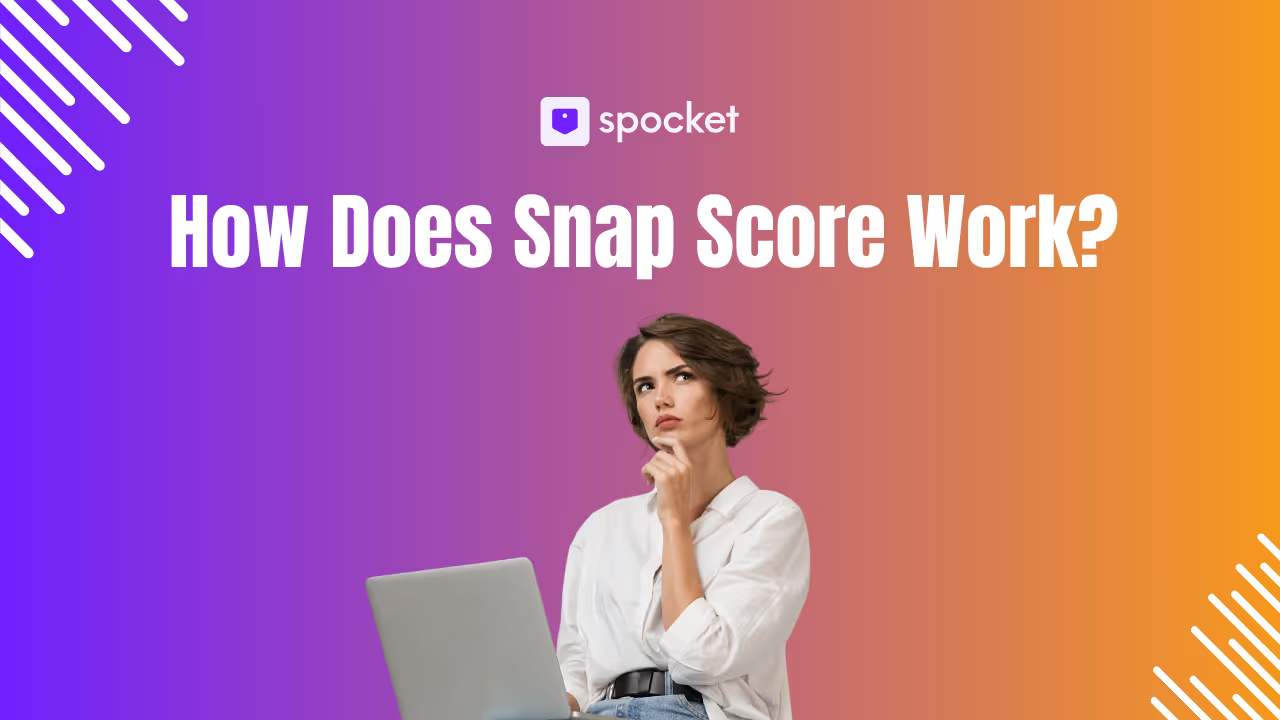Snapchat changed how people communicate online by making photos and messages temporary. The app quickly became popular among teens and young adults for its fast sharing, disappearing snaps, and playful filters. But not everyone finds it perfect. Whether you're looking for more privacy, better group features, or fewer distractions, you may want something different.

There are plenty of alternatives today that offer unique ways to connect with friends, share content, or build communities. This blog breaks down what Snapchat does, its downsides, and ten strong alternatives worth trying in 2025.
What is Snapchat?
Snapchat is a multimedia messaging app launched in 2011. Its main feature is temporary messaging—photos, videos, and chats that disappear after being viewed. This core idea changed how people interact digitally, especially among younger audiences. Instead of sending texts or posting long-term photos, users could share moments instantly and casually.
The platform centers around the camera. When you open Snapchat, the app launches directly into the camera screen. From there, users can send “Snaps” (photos or videos) to individuals or groups, post to a public “Story,” or chat with friends. Messages disappear after they’re seen, unless manually saved.
Snapchat also includes creative tools like filters, stickers, Bitmoji integration, and augmented reality (AR) lenses. These features let users decorate Snaps or change how they look in real-time. The app also tracks “Snapstreaks” between users who send each other Snaps for consecutive days.
Beyond chat, Snapchat offers a Discover section where publishers, influencers, and brands post content. Users can also subscribe to channels, watch curated stories, or play games. While Snapchat started as a peer-to-peer app, it has grown into a larger media and messaging platform.
Snapchat supports voice calls, video calls, and group chats. Privacy is a major feature—users get alerts when someone takes a screenshot or records a Snap. The app is available on iOS and Android and doesn’t require a real name or public profile.
Features of Snapchat
Snapchat combines messaging, photography, and short-form content into one platform. The app stands out for how it prioritizes visual communication over text. Below are the key features that define the Snapchat experience:
- Snaps: These are time-limited photos or videos sent to individuals or groups. You can add text, emojis, drawings, or filters before sending. The content disappears after being viewed unless saved.
- Stories: Stories are collections of Snaps that last 24 hours. Users can share daily moments with friends or followers, and these stories can include video, audio, stickers, and GIFs.
- Camera Lenses and Filters: Snapchat includes an AR-driven lens system that applies animations or effects to faces and backgrounds in real-time. Filters change based on location, weather, time, and special events.
- Bitmoji Integration: Users can link their Bitmoji avatar to Snapchat and use it across stickers, chat icons, and profile images.
- Chat: Snapchat offers one-on-one and group chats with text, stickers, GIFs, voice notes, and video notes. Messages disappear by default after being viewed, but users can choose to save them.
- Voice and Video Calls: Snapchat allows live calling, including voice, video, and group calls. Users can switch between camera modes, add filters, or share screens.
- Discover and Spotlight: Users can browse public stories, creator content, and trending short videos in a TikTok-style feed. This gives exposure to influencers and viral content creators.
Downsides of Using Snapchat
Snapchat is popular, but it’s not without problems. Some users find the design confusing, while others worry about how data is stored and who can access their content. There are also concerns around time spent in-app and limited parental controls.
- Messages and media disappear by default, which can lead to missed information.
- Privacy alerts exist, but screenshots can still bypass protections.
- Not all AR lenses are age-appropriate or moderated.
- Public stories and Spotlight content may promote trends without context.
- Navigation isn’t always intuitive for new users.
- Ads are frequent and sometimes interrupt content.
- Analytics and audience tools are limited for creators compared to other platforms.
10 Best Snapchat Alternatives in 2025
Here are the ten best Snapchat alternatives in 2025:
1. Instagram
Instagram offers Stories, Reels, DMs, and live video—all centered on visual sharing. Stories function almost identically to Snapchat, disappearing after 24 hours. The camera filters and AR effects are polished, and the messaging feature supports images, voice, and video. Reels allow short-form content, while Highlights extend the life of Stories on your profile.
2. Signal
Signal focuses on privacy and encrypted communication. While it lacks AR filters or public stories, it’s ideal for users who want secure messaging, disappearing messages, and minimal data collection. It supports text, image, voice, and video chat. Signal is free, ad-free, and open-source, making it a top pick for private connections.
3. Telegram
Telegram combines chat, public channels, group voice chats, and temporary messages. You can send media that self-destructs, start live broadcasts, or create custom sticker sets. Telegram’s Secret Chat mode offers end-to-end encryption and screenshot protection. It’s a strong alternative for users looking to mix casual sharing with security.
4. TikTok
TikTok isn’t a messaging app but serves the same content-hungry audience. Its short videos, effects, and trending challenges mirror how Snapchat’s younger base likes to interact. You can comment, message, and duet with others. TikTok encourages creativity and social reach, with tools for editing, remixing, and reaction-based content.
5. BeReal
BeReal pushes authenticity by prompting users once a day to post a photo using both front and back cameras. There are no filters, and you have limited time to post. There’s also no algorithmic feed—only real-life updates from friends. This platform appeals to users tired of filters and curated posts.
6. Marco Polo
Marco Polo blends texting and video chatting. Users send video messages that don’t disappear but can be watched later, unlike Snapchat’s ephemerality. It’s designed for casual video conversations without pressure. There are no likes or followers—just private, direct contact with friends and family.
7. Kik
Kik is a chat app that also supports photos, memes, stickers, and bots. Its anonymous sign-up and simple interface appeal to teens, though privacy concerns have surrounded it. Kik works well for fast, unfiltered conversation and niche group chats.
8. Wickr
Wickr is a privacy-first messaging app with timed messages, encrypted files, and self-destructing media. Users don’t need phone numbers to register, making it ideal for those seeking anonymity. While it doesn’t have a social feed, it’s good for direct, private conversations.
9. Yubo
Yubo targets Gen Z with livestreaming and swipe-to-connect features. It’s focused on meeting new people through shared interests. The app includes live video rooms, friend discovery, and a Snapchat-style story function. It’s designed more for social discovery than chatting with existing contacts.
10. Clash
Clash is built for short-form creators. It’s geared toward videos, monetization, and community interaction. While less focused on private messaging, it appeals to users who want to post short clips and engage through video responses, similar to Reels and TikTok, with stronger creator support.
How to Choose the Right Social App?
Choosing the best Snapchat alternative depends on how you want to connect. If you're looking for visual creativity, apps like Instagram and TikTok provide more filters, effects, and discovery tools. They’re great if you like sharing public content or engaging with trends. These platforms also offer a built-in audience and tools for creators.
If privacy matters most, Signal, Telegram, or Wickr Me may suit your needs. These apps limit data collection and include features like encrypted chats and disappearing messages. They work well for one-on-one chats and group communication without ads or tracking.
Think about who you want to talk to. Apps like BeReal and Marco Polo are more personal—they focus on close friends and family rather than strangers or public feeds. They offer fewer distractions and more genuine conversations.
If meeting new people is a goal, Yubo and Kik allow for broader discovery and casual chats. These apps encourage social connection across interests, though you should be mindful of age settings and community standards.
Interface and speed matter too. Some apps take longer to learn, while others keep it simple. Try a few, see how your contacts respond, and stick with what keeps you connected and comfortable. The right app depends not just on features, but how they fit into your daily life.
Privacy and Safety Tips
When using any social app, it’s important to control who can contact you and what content you share. Start by checking your privacy settings. Most apps let you limit who sees your stories, who can send messages, and whether your profile is searchable. Use those tools to avoid unwanted attention.
Be cautious when sharing personal information like your location, school, or workplace. Even if the app says messages disappear, someone could still take a screenshot or record your screen. Avoid posting anything you wouldn’t want someone else to save or share.
If you're meeting new people through apps like Yubo or Kik, don’t share sensitive info or accept links from strangers. Many apps allow you to report and block users—use those features if someone makes you uncomfortable.
Stick to the official versions of apps and update regularly to get security patches. Avoid using third-party add-ons that claim to unlock features—they can access your data or spread malware.
If you’re a parent, review the platforms your kids use and talk to them about safe habits. Open communication makes it easier to handle problems before they grow.
Conclusion
Snapchat continues to be a major player in digital communication, but it’s not the only way to stay connected. Whether you care about privacy, ease of use, or creative sharing tools, there are plenty of apps to consider. From secure messengers like Signal to creative platforms like Instagram and TikTok, you’ll find something that matches your style. The key is knowing what features matter most to you. By trying different platforms, you can find the right balance between fun and safety—and maybe even build stronger connections along the way.







































